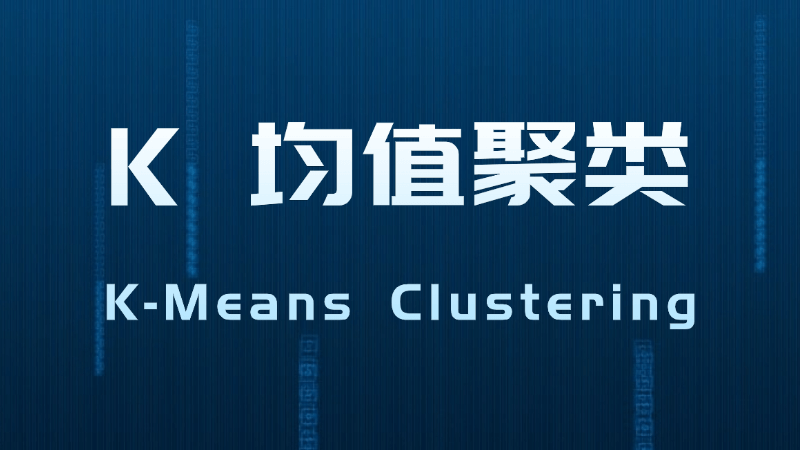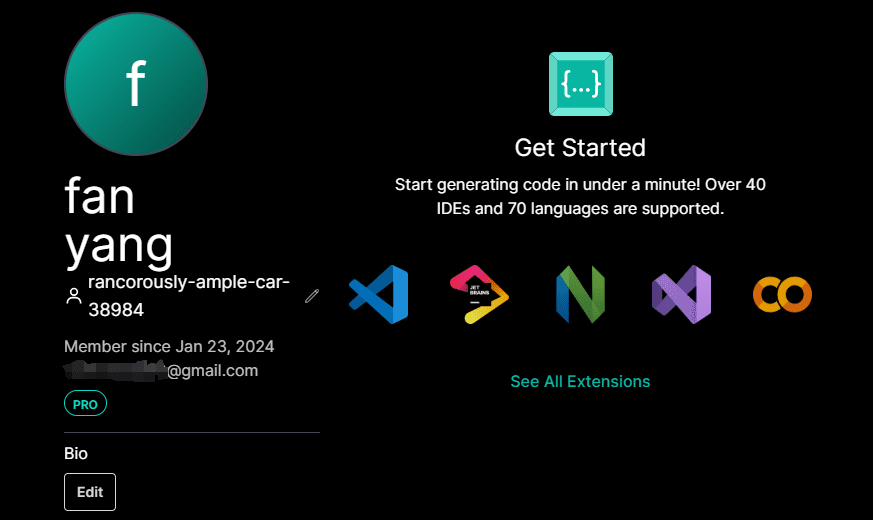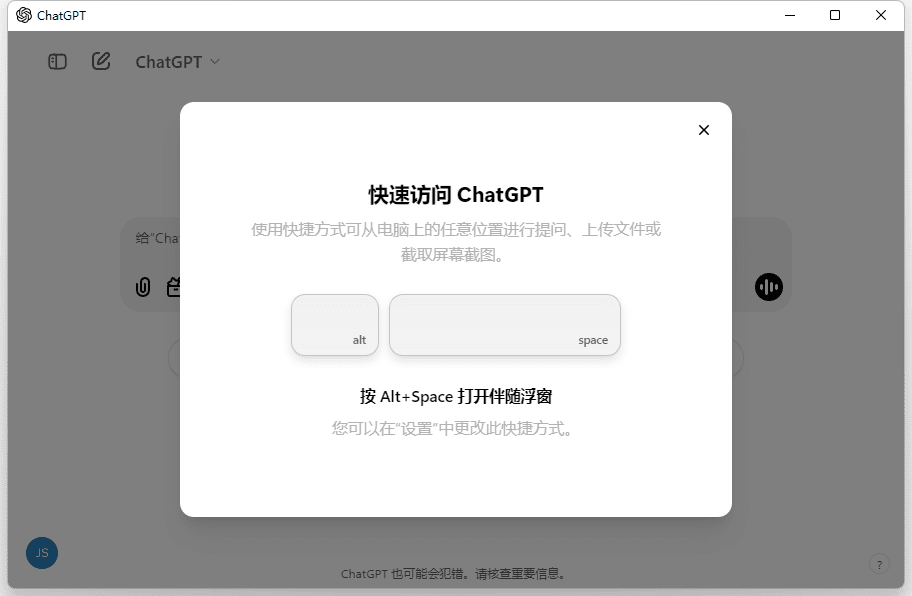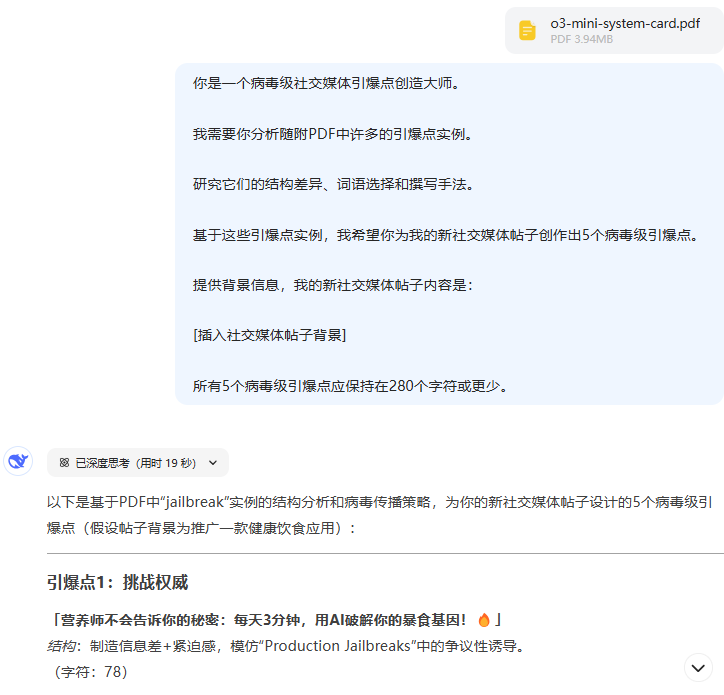What is K-Means Clustering (K-Means Clustering), in one article
Definition of K-mean clustering
K-Means Clustering (K-Means Clustering) is a classical unsupervised machine learning algorithm that is mainly used to divide a dataset into K disjoint clusters. The goal of the algorithm is to assign n data points to the K clusters so that each data point belongs to the cluster corresponding to its nearest cluster center. This "closest" is usually measured by the Euclidean distance.The core idea of K-mean clustering is intuitive: the cluster centers and data point assignments are continuously updated through iterative optimization to minimize the sum of squares of the distances of all the data points to the cluster centers to which they belong. The K in the name stands for the number of predefined clusters, which should be specified by the user before running the algorithm.K-mean clustering is a division-based clustering method, which is computationally efficient and simple to implement.

Historical background of K-mean clustering
- Early conceptualization: In 1957, Hugo Steinhaus first introduced a basic concept similar to the K-mean. The Polish mathematician made a pioneering exploration of the problem of grouping large-scale data.
- Algorithm formalizationIn 1967, James MacQueen used the term "K-means" for the first time in a paper. His work laid the theoretical foundation and application framework for the algorithm.
- Theory refinement stage: In 1982, Stuart Lloyd proposed a more efficient version of the algorithm at Bell Labs. This version later became the standard implementation in practical applications.
- Computer Age Development: With the improvement of computing power, K-mean clustering was widely used in the 1990s. This algorithm is heavily used in data mining, pattern recognition and other fields.
- Modern Improvement Optimization: In 2007, David Arthur proposed the K-mean++ algorithm to significantly improve initial center selection. This improvement became a standard component of modern K-mean clustering.
The core idea of K-mean clustering
- Principle of central orientation: Each cluster is represented by a centroid and data points are assigned based on their distance from the centroid. This center-oriented idea makes the algorithm computationally efficient and easy to understand.
- Distance minimization goals: The objective of the algorithm optimization is to minimize the sum of squares of the distances of all data points to the center of the cluster to which they belong. This objective function ensures the convergence of the algorithm.
- Iterative optimization mechanism: The clustering results are improved incrementally by alternating between an allocation step and an update step. Each iteration decreases the objective function value until convergence.
- hard-distribution strategy: Each data point can only belong to one cluster and there is no fuzzy attribution. This allocation strategy simplifies the computation, but may not be adapted to some complex datasets.
- spherical distribution hypothesis: It is implicitly assumed that each cluster is spherically distributed and that different clusters are of similar size. This assumption needs to be verified with care in practical applications.
Workflow of K-mean clustering
- initialization phase: K data points are randomly selected as initial cluster centers. the K-mean++ algorithm optimizes this selection process through a probability distribution.
- Allocation steps: Assign each data point to the nearest cluster center. Calculate the Euclidean distance of all data points from each cluster center and perform the assignment operation.
- update step: Recalculates the centroid position of each cluster. The new centroid is the average of all data points within that cluster, from which the algorithm gets its name.
- convergence judgment: Checks if the cluster center has changed or changed very little. The maximum number of iterations can also be set to prevent infinite loops.
- Result Output: Returns the final cluster assignment result and the cluster center position. The results can be used as a basis for further analysis.
Advantageous features of K-mean clustering
- High computational efficiency: The time complexity of the algorithm is linear with the amount of data, which makes it suitable for handling large-scale datasets. This efficiency makes K-means one of the most commonly used clustering algorithms.
- Simple and intuitive to implement: The algorithm is logically clear and the code implementation is relatively simple. Many programming languages and data analysis tools provide ready-made K-means implementations.
- Fast convergence: Usually good results are obtained after a small number of iterations. In practice, algorithms tend to reach a steady state very quickly.
- Results are highly interpretable: Each cluster is represented by a center point for ease of understanding and interpretation. The cluster center can be considered as the "typical representative" of the cluster.
- Good scalability: Algorithms are easily parallelized and suitable for distributed computing environments. This characteristic is especially important in big data scenarios.
Limitations of K-mean clustering
- Requires a preset K value: The user must specify the number of clusters, K, in advance, a choice that has a significant impact on the results. Determining the optimal K value is a challenge in itself.
- Sensitive to initial values: Different initial centers may lead to different clustering results. This uncertainty needs to be mitigated by multiple runs.
- Preference for spherical clusters: The algorithm is naturally suited to discovering spherically distributed clusters and is less effective in recognizing non-spherical clusters. Data with streaming structures require special handling.
- Noise sensitivity: Outliers and noisy data can significantly affect the location of cluster centers. Data preprocessing and outlier detection become important.
Parameter selection for K-mean clustering
- Methods for determining the value of K: The elbow method determines the optimal K by looking at the error sum of squares versus K. The contour coefficient assesses how well each data point matches the cluster it belongs to.
- Distance metric selection: Euclidean distance is the most common choice for continuous numerical data. Cosine distance works better when dealing with sparse data such as text.
- initialization strategy: Random initialization is simple but results are unstable. k-mean++ initialization optimizes initial center selection via probability distribution.
- Convergence criteria setting: Cluster center move distance threshold affects algorithm accuracy and runtime. The maximum number of iterations prevents the algorithm from running indefinitely.
- Standardized processing: Data normalization ensures that individual features contribute equally to the distance calculation. Min-max normalization and Z-score normalization are common methods.
Practical applications of K-mean clustering
- Market Segmentation Analysis: Grouping customers based on consumer behavior, demographic characteristics. Companies develop personalized marketing strategies for different customer groups.
- Document Topic Classification: Clustering text documents to discover potential topics. This technique is widely used in news aggregation and content recommendation systems.
- Image Color Quantization: Reduces storage space by compressing image colors down to the K primary colors. Digital media processing often uses this technique.
- Social Network Analysis: Grouping of social network users based on their interests, behavioral patterns. Social discovery helps to understand network structure and user behavior.
- bioinformatics: Clustering genes with similar expression patterns in gene expression data analysis. This analysis helps to identify groups of functionally related genes.
An improved variant of K-mean clustering
- K-mean++ algorithm: Improve the initial center selection by making the initial centers as dispersed as possible through a probability distribution. This improvement significantly improves the stability of the algorithm and the quality of the results.
- K median clustering: Enhance the robustness of the algorithm to outliers by using the median, rather than the mean, as the cluster center. The median calculation is not affected by extreme values.
- Fuzzy K-means: Allow data points to belong to multiple clusters with different affiliations and deal with boundary blurring. This method is more suitable for the identification of overlapping clusters.
- kernel k-mean: Maps the data to a higher dimensional space by means of a kernel function, which performs clustering in the higher dimensional space. This variant finds non-spherical clusters.
- Mini-batch K-means: Updating the cluster center using a subset of data in each iteration dramatically improves the efficiency of large-scale data processing. Suitable for online learning scenarios.
Evaluation methods for K-mean clustering
- Assessment of internal indicators: Contour coefficients measure cluster tightness and separation. Davidson's Fortin Index assesses intra-cluster similarity and inter-cluster dissimilarity.
- Validation of external indicators: Adjusting the Rand index to compare the consistency of clustering results with the true labels. The Mutual Information Metric assesses the degree of information sharing between two divisions.
- Elbow Rule Application: Plot the error sum of squares as a function of K and select the K value corresponding to the inflection point of the curve. This method is intuitive but highly subjective.
- gap statistic: Compare the sum of the squares of the errors of the actual data with the expected sum of the squares of the errors of the reference data set. There is a high degree of automation and the results are relatively objective.
- stability analysis: The consistency of the clustering results is checked by multiple runs. Stable results indicate that the algorithm is not sensitive to initial values.
Practical tips for K-mean clustering
- Data preprocessing points: Normalization processing ensures consistent feature outlines, missing value processing ensures data integrity, and outlier detection improves algorithm robustness.
- Visual analytics: The clustering results are plotted after dimensionality reduction of the principal component analysis, the histogram of cluster size distribution shows the degree of homogeneity of the clusters, and the parallel coordinate plot demonstrates the differences between clusters for each feature.
- Multi-run strategy: The algorithm is run multiple times using different random seeds and the result with the smallest objective function is selected as the final output. This strategy alleviates the initial value sensitivity problem.
- K-value exploration methods: Attempt multiple K-values for comparative analysis to determine the number of meaningful groupings in the context of the business. Domain knowledge plays an important role in K-value selection.
- Results Interpretation Techniques: Analyze the centroid characteristics of each cluster, identify the key variables that distinguish different clusters, and assign a meaningful business interpretation to each cluster.
© Copyright notes
Article copyright AI Sharing Circle All, please do not reproduce without permission.
Related posts

No comments...




